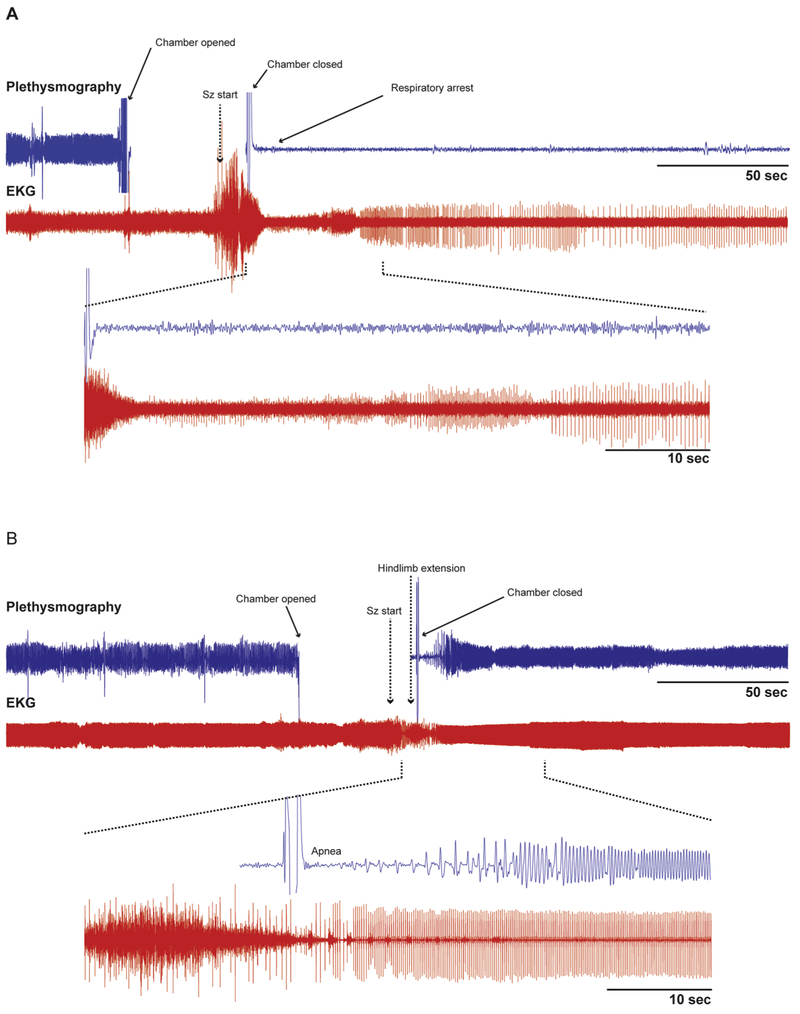Figure 3 -. A DBA/1 mouse with an amygdala lesion survived a seizure while a control mouse died of seizure-induced respiratory arrest.
A - Raw data traces of plethysmography and EKG from a control DBA/1 mouse in which terminal apnea occurred during a seizure. The heart rate (EKG) was disrupted during and shortly after the seizure, but continued for a prolonged period before it eventually slowed to terminal asystole (not shown). Inset below shows expanded traces from the time indicated by the dashed lines.
B- Raw data traces of plethysmography and EKG in a DBA/1 mouse with a unilateral R sided amygdala lesion that survived an audiogenic seizure. Note the brief apnea followed by slow increase in amplitude and frequency of breathing which eventually returned to baseline. There was also brief bradycardia that recovered more rapidly. Inset below shows expanded traces from the time indicated by the dashed lines.

